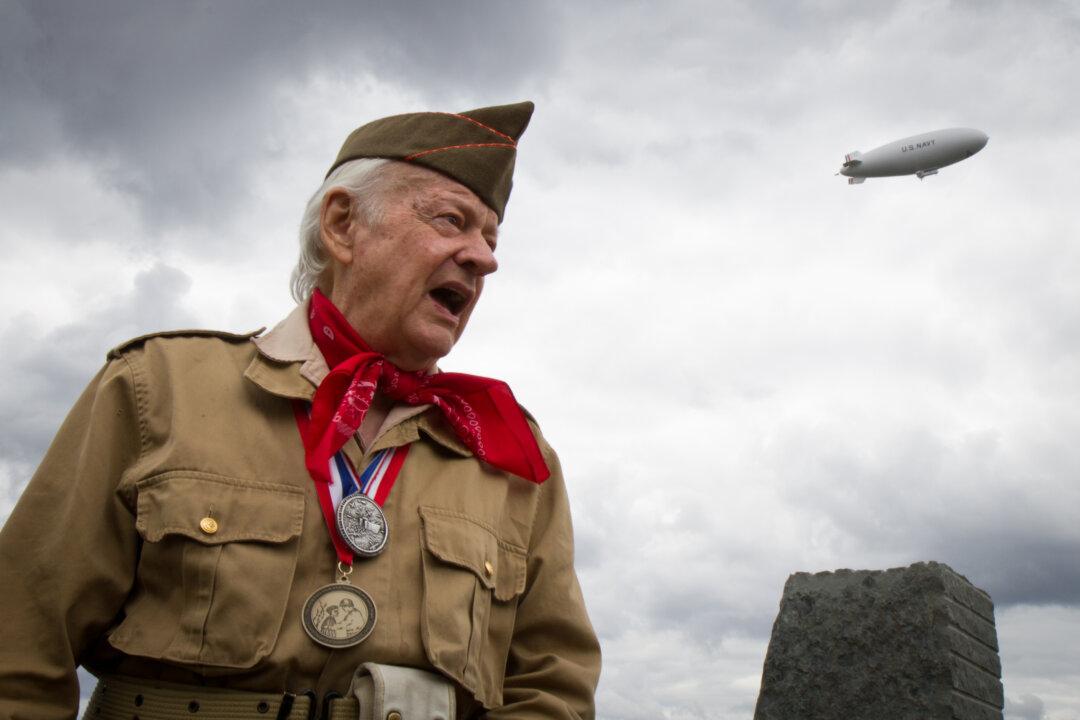NEW YORK—Rick Carrier’s life reads like a novel. He fought Nazis in World War II, liberated the Buchenwald concentration camp, and went on to rub elbows with film stars of the 1950s. He is a member of the Greatest Generation, a term coined by journalist Tom Brokaw.
At 87, Carrier is a picture of health. He moves a little slower these days, but his mind is sharp; the smile vibrant. He tells stories with the precision of an engineer coupled with the comedic delivery of a late-night talk show host.
Enemies to Friends
Carrier grew up outside of Pittsburgh during the Great Depression when times were tough and money was scarce. Some of the kids formed gangs and one such gang was led by a kid named Anthony Pocky.
Carrier recalled on a June afternoon near Chelsea Piers, “I used to get beat up all the time coming from school. They'd beat me up to see if I had a nickel or dime so they could get the money.”
Tired of the beatings, Carrier decided to carry a weapon for protection. His father was an engineer, so he went to his shop and built a club with a lanyard to hang from his belt.
After a humiliating incident in which Pocky made Carrier rub dog poop on his own face, Carrier planned his revenge. Knowing Pocky’s route to school, Carrier waited around the corner. “I had the club ready. When his face came around I whacked him across the face, jumped on his shoulders, and started beating him up,” Carrier said.
The next day, Carrier saw Pocky at the park looking haggard and beat up. When he approached him, Pocky stuck out his hand and invited him to join his gang. “He became my closest friend,” Carrier said.
During World War II, Pocky joined the Navy as a diver while Carrier was in the Army as an engineer but the two ended up meeting in France after Pocky searched him out. “I see Pocky in a sailor’s outfit and we started talking. He‘d tell me about all his things up there in Cherbourg working on submarines and we’re talking about old times. He [Pocky] said, ’See this tooth? It’s fake, the one you knocked out!'”






